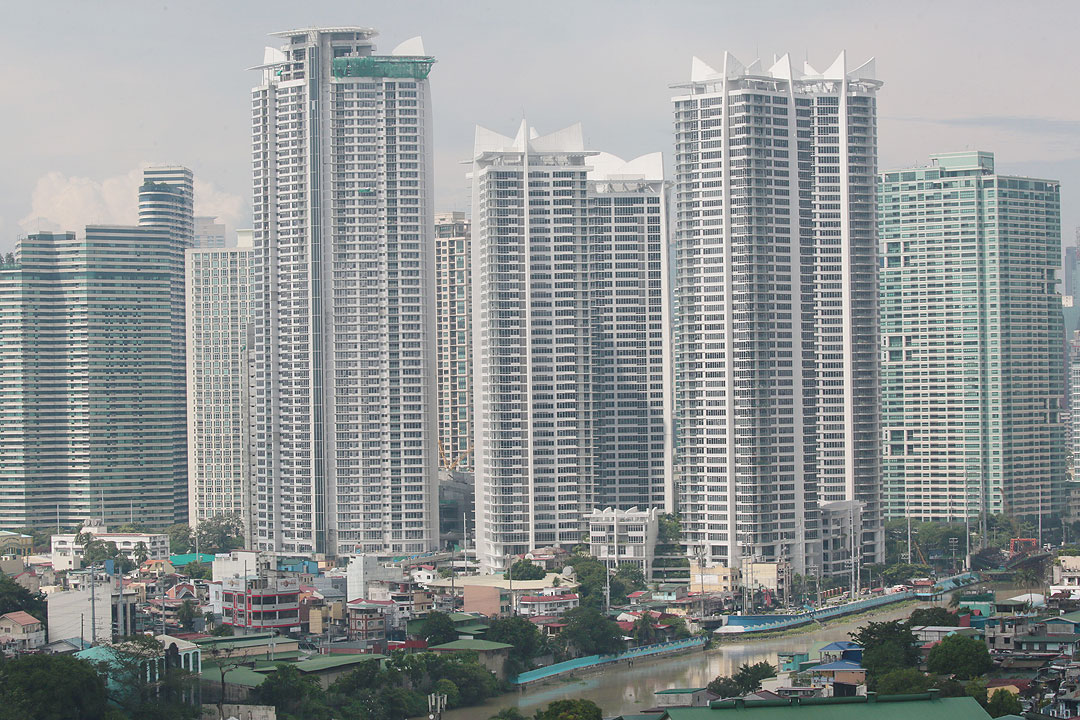Office vacancy rate seen to climb to 19% this year

THE VACANCY RATE in Metro Manila’s office buildings is likely to climb to 19% this year, as pre-leasing activities remain tepid and more supply is expected, Colliers Philippines said.
“We expect [office vacancy] to increase this year and that is because of a supply-driven scenario wherein we are expecting 900,000 square meters (sq.m.),” Colliers Philippines Office Services and Tenant Representation Senior Director Dom Fredrick Andaya said at a briefing on Wednesday.
The real estate services firm said 60% of the new office supply is located in the Bay Area, Fort Bonifacio, and Ortigas.
Vacancy rates are seen to stabilize if the coronavirus disease 2019 (COVID-19) situation improves.
“If (what) many of the studies are saying is true that we’re about to enter the endemic phase already of the COVID-19 pandemic then we expect the 19% (vacancy rate) to plateau already, then start falling by 2023,” Mr. Andaya said.
As of end-2021, the total Metro Manila office stock stood at 12.94 million sq.m., of which 2.03 million sq.m. were vacant.
The vacancy rate spiked during the pandemic, reaching 15.7% in 2021 and 9.1% in 2020, as strict lockdowns forced many employees to work from home. Office rental rates fell by 17% in 2020, and additional 12% in 2021.
In 2019, the vacancy rate stood at 4.2% due to the record growth in business process outsourcing firms and Philippine Offshore Gaming Operators (POGO).
However, Colliers noted an 18% improvement in office transactions last year, with companies taking up 422,000 sq.m. of space, higher than the 357,000 sq.m. in 2020. Transactions more than doubled by the fourth quarter to 134,000 sq.m. from 62,000 sq.m. in the same period in 2020.
Metro Manila accounted for 81% of last year’s office transactions, while the rest included transactions in Cebu, Iloilo, Pampanga, Laguna, Davao, Batangas, Rizal, and Misamis Oriental.
“While the health concerns brought about by the COVID-19 [pandemic] are already being addressed, we’re more confident. That means there’s more focus now in terms of reviving the economy and the businesses,” Mr. Andaya said.
Traditional occupiers and outsourcing firms took up the bulk of office spaces last year and are expected to continue to drive growth this year.
RETURN OF THE POGOS?
Should POGOs return to the market, Colliers Philippines said the office vacancy rate is seen to decline “significantly from 19% to just 12% until 2025.”
POGOs, which operate online casinos for the China market, occupied at least 1.3 million sq.m. in office spaces before the pandemic.
POGOs now only occupy 677,000 sq.m., taking up only 5% of Metro Manila’s office stock as of end-2021 versus its 11% market share in 2019.
Many POGOs, which employ mostly Chinese nationals, closed up shop in the Philippines due to the higher taxes and travel restrictions.
Beginning 2022, licensed offshore gaming firms are taxed 5% of their gross gaming revenues, while foreigners employed by offline gaming companies or their service providers need to pay 25% withholding tax on their gross income.
However, Mr. Andaya noted that the “most important” factor that affected POGO operations is the “Philippine-China relations with respect to the level of tolerance in allowing this industry to prosper.” Many POGOs are waiting for clarity on the next administration’s policy regarding the industry.
“The result of the Philippine elections can tell us what’s going to happen with this one,” Mr. Andaya said.
At the same time, Colliers said the economic recovery will be key to driving more office transactions.
“I think the pressure to revive the economy and the pressure to revive the businesses is greater than the impact of the national elections, the uncertainty that comes with it and that is because some of the important legislation required to stimulate the economy were already passed or are being finalized,” Mr. Andaya said. — Keren Concepcion G. Valmonte



